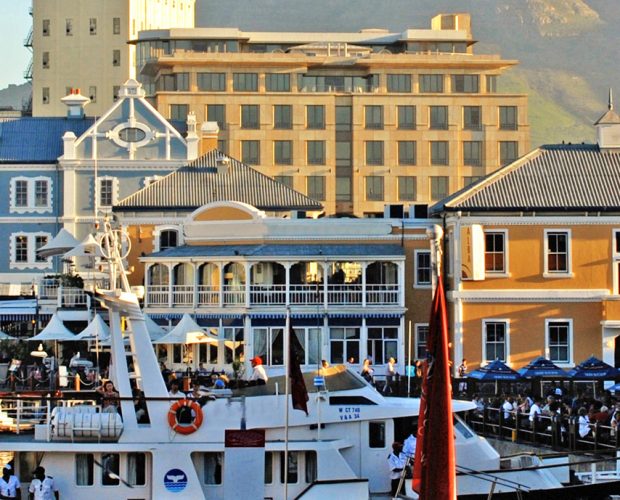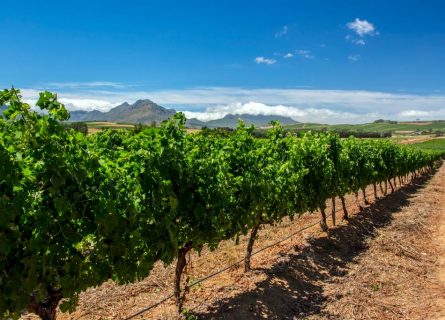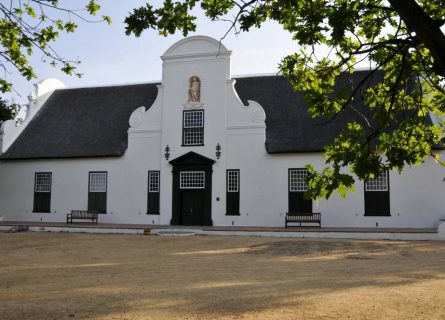Discover Cape Town: a blend of historical richness, cultural diversity, and natural beauty crowned by Table Mountain.
Read more
EXPLORE ALL OUR GUIDES TO SOUTH AFRICA'S WINE REGIONS
Last updated: April 10, 2024
The name Constantia is today synonymous with luxury in South Africa; situated to the south of Cape Town, it has become one of the area’s wealthiest suburbs, complete with many fine boutique hotels, shops, and superlative restaurants. Yet, many visitors may fail to discover that Constantia actually saw witness to the first commercial vineyard in South Africa. The nation’s first wine estate was founded in 1685 by the Cape’s second governor, Simon van der Stel. It gradually grew in reputation as one of the world’s greatest dessert wines, produced from an extensive vineyard of over 1,800 hectares.
Following Governor der Stel’s death in 1712, the estate was split into three parts – Klein Constantia, Groot Constantia, and Bergvliet. The vineyards were subsequently purchased by Hendrik Cloete, a winemaker from Stellenbosch who was instrumental in forging the property’s reputation for its sweet wines, made from the Muscat grape – Vin de Constance soon found an adoring fan base in the aristocracy of Europe. Sadly, the onset of phylloxera in the 19th century all but destroyed the vineyards at Klein Constantia, and subsequent owners’ abandoned wine production at the estate until a revival came in the 1980s.

The soils in Constantia are generally deeply weathered, boasting a high clay content which retains water and helps to keep vines hydrated during the often bone dry Cape summers. However, as Constantia is – by South African standards – essentially a cool climate area, it is unsurprisingly white varieties that thrive in this once neglected Cape region. It offers a natural home for aromatic varieties like Sauvignon Blanc, which plays an important role in Constantia’s 420 hectares of vineyards. Indeed, Sauvignon represents just under a third of the region’s vines and produces generally excellent wines to rival the best from the Loire, Sauvignon’s original home. Semillon also grows successfully in Constantia, as does Chardonnay.

Today, this beautiful corner of the Cape Winelands producers some of its most distinctive wines. The vineyards are increasingly located on the steep slopes of Constantiaberg, situated on what is effectively a mountain amphitheater that opens directly onto False Bay below. In fact, they are among some of the highest and steepest in South Africa, reaching 400m above sea level. The vineyards, therefore, benefit from both the cooling effects of altitude and those all-important Atlantic and Indian Ocean sea breezes.
Chardonnay is a green-skinned grape varietal native to the Burgundy wine region in France and one of the most popular varieties worldwide.
Find out moreMuscat blanc is a white wine grape varietal popular in the Muscat d'Alsace, Moscato d'Asti and Beaumes-de-Venise regions.
Find out moreThe sauvignon blanc grape varietal, originally from the Bordeaux region of France, is now one of the world's most loved white varieties.
Find out moreCabernet Franc grape is a close relative of Merlot and Cabernet Sauvignon and is the principal blending grape used in Bordeaux.
Find out moreDiscover the irresistible allure of Cabernet Sauvignon—a worldwide favorite with robust, dark-bodied flavor. Unleash your wine journey today!
Find out moreDelve into Malbec, a dark, small grape native to France, cherished for its thick skin and exceptional flavors. 🍇🍷
Find out moreMerlot is the most cultivated grape in Bordeaux and closely related to Cabernet Franc
Find out morePinot noir is a light-bodied red wine varietal closely related to the Vitis vinifera grape and produces the most sought-after red wines in the world.
Find out morePetit Verdot is a full-bodied red wine grape varietal used in classic Bordeaux blends and originates in southwestern France
Find out moreIf you would like us to customize an exclusive luxury tour, contact us and let us know your travel plans. We offer luxury food and wine tours for private groups of a minimum two guests. In addition, all of our private, chauffeured tours are available year-round upon request.

